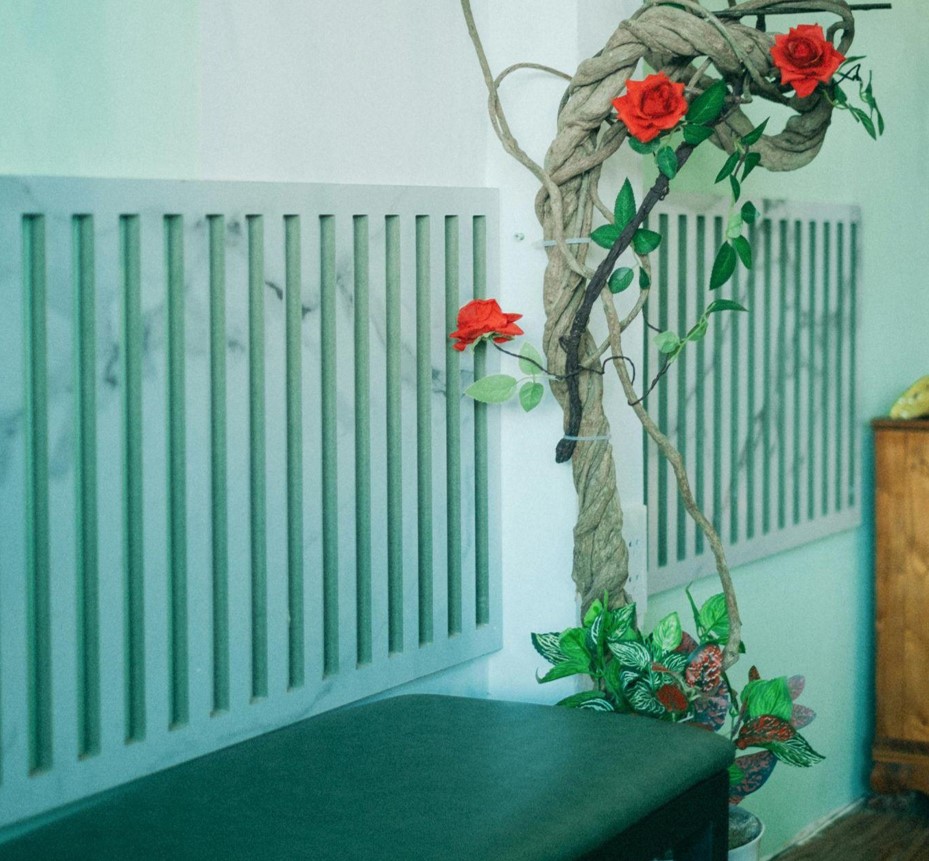Modern designers often seek ways to merge aesthetics with practicality. High-quality fake trees have become a favorite element in creating versatile, appealing spaces. With their lifelike appearance and minimal upkeep, they can transform interiors effortlessly. Let’s explore how fake trees can work wonders for design professionals.
Why Fake Trees are Designer Favorites
Gone are the days of tacky, unrealistic faux plants. Advanced craftsmanship has birthed incredibly lifelike fake trees made with high-quality materials, which opens up endless possibilities for designers.
- Long-lasting Beauty: Fake trees, unlike real plants, maintain their form and color year-round. There’s no need to worry about seasonal changes or maintenance schedules.
- Low Maintenance: Designers working in commercial or residential projects save time with fake trees. No watering, trimming, or sunlight required.
- Versatility in Placement: Fake trees accommodate creative freedom. They can be placed in low-light corners, high-traffic areas, or spaces unsuitable for real plants.
- Allergy-Friendly: Designers catering to allergy clients appreciate fake trees as hypoallergenic alternatives.
Creative Uses of Fake Trees in Design
Designers incorporate fake trees to evoke wellness, comfort, and sophistication. Let’s look at a few creative applications:
1. Spa-Like Retreats at Home
Wellness-focused spaces often benefit from calming greenery. Fake trees like artificial bamboo or ficus bring serenity to yoga studios or holistic retreats. Imagine a peaceful meditation corner framed by soothing green tones, free from the stress of plant care.
2. Commercial Spaces with Lasting Impact
Retail outlets, offices, and restaurants thrive on visual appeal. Fake trees elevate the atmosphere while reflecting uniqueness. For instance, a preserved olive tree adds a Mediterranean charm to boutique interiors. Fake greenery also helps businesses express their sustainable ethos without compromising on style.
High-quality fake trees combine aesthetics, practicality, and versatility, making them indispensable design elements. Their charm is undeniable, whether creating serene wellness retreats or enhancing bustling commercial spaces. For designers, the possibilities are limitless—one tree at a time.
